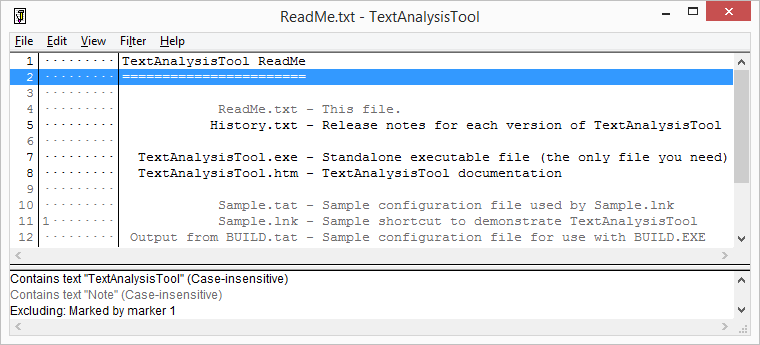Casting a Spell✔ [A simple app that makes it easy to spell-check with a browser]
I pay attention to spelling. Maybe it's because I'm not a very good speller. Maybe it's because I have perfectionist tendencies. Maybe it's just a personality flaw.
Whatever the reason, I'm always looking for ways to avoid mistakes.
Some time ago, I wrote a code analysis rule for .NET/FxCop. More recently I shared two command-line programs to extract strings and comments from C#/JavaScript and followed up with a similar extractor for HTML/XML.
Those tools work well, but I also wanted something GUI for a more natural fit with UI-centric workflows. I prototyped a simple WPF app that worked okay, but it wasn't as ubiquitously available as I wanted. Surprisingly often, I'd find myself on a machine without latest version of the tool. (Classic first world problem, I know...) So I decided to go with a web app instead.
The key observation was that modern browsers already integrate with the host operating system's spell-checker via the spellcheck HTML attribute.
By leveraging that, my app would automatically get a comprehensive dictionary, support for multiple languages, native-code performance, and support for the user's custom dictionary.
#winning!
Aside: The (very related) forceSpellCheck API isn't supported by any browser I've tried. Fortunately, it's not needed for Firefox, its absence can be coded around for Chrome, and there's a simple manual workaround for Internet Explorer. Click the "Help / About" link in the app for more information.
Inspired by web browsers' native support for spell-checking, I've created Spell✔ (a.k.a. SpellV), a simple app that makes it easy to spell-check with a browser. Click the link to try it out now - it's offline-enabled, so you can use it again later even without a network connection!
To import content, Spell✔ supports pasting text from the clipboard, drag-dropping a file, or browsing the folder structure. For a customized experience, you can switch among multiple views of the data, including:
- Original text (duh...)
- Unique words, sorted alphabetically and displayed compactly for easy scanning
- HTML/XML content (including text, comments, and attributes)
- JSON content (string values only)
- JavaScript code comments and string literals
Read more about how Spell✔ works, how it was built, or check out the code on the GitHub page for SpellV!
